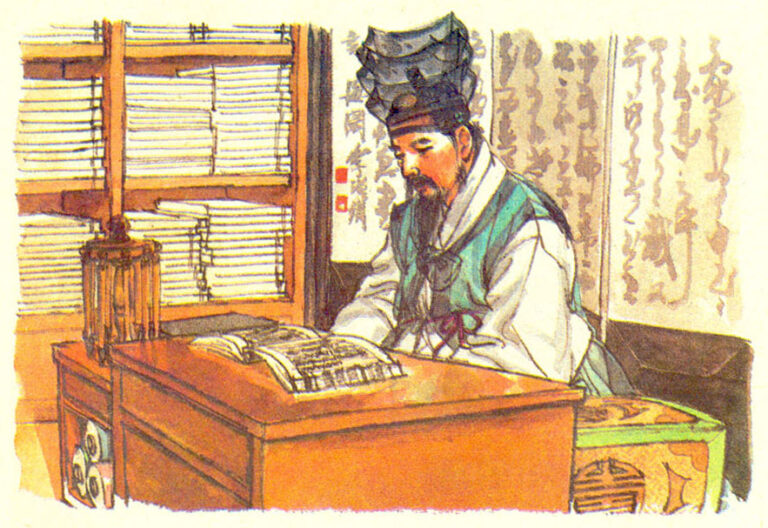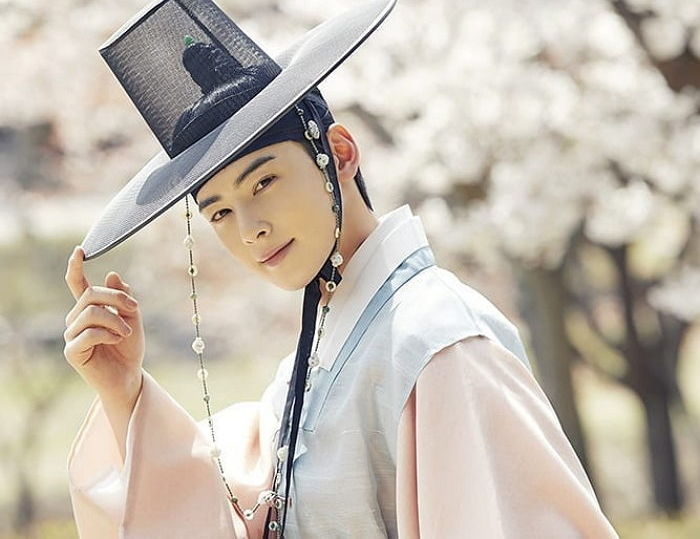Yangban class Joseon Dynasty Korean social hierarchy Korean history and culture Confucian legacy in Korea
The term Yangban (양반; 兩班) refers to the traditional ruling class of Korea during the Joseon Dynasty (1392–1897). This elite class, composed of civil and military officials, played a pivotal role in shaping Korean society, politics, and culture for centuries

Origins and Meaning of Yangban
The term “Yangban” (양반; 兩班) originally meant “two classes” or “two ranks,” referring to the two main branches of the ruling bureaucracy during the Joseon Dynasty: the Munban (문반; 文班), or civil officials, and the Muban (무반; 武班), or military officials. At first, the term was used specifically to categorize these two official ranks within the state administration. However, over time, it came to signify a broader hereditary elite class that dominated Korean politics, education, and landholding—functioning as both a political and social aristocracy deeply entrenched in the fabric of Joseon society.
The Rise of the Yangban Class in Joseon Dynasty Korea
The Yangban class rose to prominence during the early Joseon Dynasty as Korea transitioned into a centralized government based on Confucianism. The state aimed to create a bureaucratic system where officials ruled through moral authority and scholarly knowledge. The Yangban—meaning “two classes”—were civil and military officials who represented this ideal.
In theory, anyone could join the Yangban class by passing the Gwageo (과거; 科擧), Korea’s civil service examination system. These exams tested Confucian texts and administrative skills. However, in reality, only a small number of elite families had the wealth and resources to prepare their sons for success. Private education, long study periods, and family connections made it nearly impossible for commoners to advance.
As time passed, the Yangban class became more than just a group of scholar-officials. They grew into a hereditary aristocracy. Wealthy Yangban families secured their status by acquiring land, marrying into other elite families, and maintaining exclusive access to government positions. Their social and political power was passed down through generations, reinforcing class division in Joseon society.
Their rise marked a turning point in Korean history. While the class began as a merit-based ruling elite, it gradually became a closed group defined by birth, not achievement. This transformation had a lasting impact on Korean culture, education, and governance—effects still visible in modern Korea’s emphasis on academic success and social hierarchy.

Roles and Responsibilities of the Yangban Class
The Yangban class held a central role in Joseon Dynasty society. They were expected to uphold Confucian values and serve as moral leaders within their communities. As members of Korea’s traditional aristocracy, their influence extended across politics, education, and social life.
Here are the core responsibilities:
Governance
The Yangban occupied top positions in both central and local governments. They were responsible for enforcing state laws, managing local affairs, and maintaining political order. Their authority shaped the structure of Korean governance for centuries.
Education
As Confucian scholars, Yangban men studied classical texts and passed down moral teachings. They promoted academic learning and helped preserve Korea’s intellectual heritage. Their emphasis on scholarship became a cultural standard that still influences Korean education today.
Social Leadership
In local villages, Yangban leaders organized community rituals, oversaw ancestral rites, and acted as intermediaries between the state and the people. They provided social guidance and maintained traditions rooted in Confucian ethics.
Despite their respected roles, the Yangban class often faced criticism. Many viewed them as distant from the struggles of ordinary citizens. They avoided manual labor and daily work, leading some to accuse them of being detached and overly privileged.
Still, their responsibilities shaped Joseon society. Their legacy lives on in Korea’s ongoing respect for education, leadership, and tradition.
Decline and Legacy of the Yangban Class
By the late 19th century, the power of the Yangban class began to weaken. A combination of internal corruption, foreign influence, and social unrest exposed the limits of the old aristocratic system. Reformers pushed for change, demanding an end to entrenched privilege and class inequality.
The Gabo Reform of 1894 marked a turning point. These sweeping changes aimed to modernize Korea’s political and social structures. One of their key objectives was to abolish the rigid class system, effectively stripping the Yangban of their legal status and institutional privileges.
Yet, the their legacy lives on in modern Korea. Their deep commitment to education, scholarship, and Confucian values helped establish Korea’s enduring emphasis on academic achievement. Even today, educational success is often seen as a pathway to social mobility—an echo of Yangban ideals.
Moreover, remnants of the Yangban lineage continue to influence Korean society. Certain family names, regional hierarchies, and elite social networks still reflect traces of this former aristocracy. Though their formal power has disappeared, the cultural imprint of the Yangban remains visible across generations.
Conclusion: Lasting Impact of the Yangban Class
The Yangban class was instrumental in shaping the political, social, and cultural foundation of the Joseon Dynasty. As Korea’s traditional ruling elite, the Yangban set standards in governance, education, and moral leadership that defined an era.
Although their legal status and institutional authority faded by the end of the 19th century, their legacy remains deeply embedded in modern Korean society. Their emphasis on Confucian ethics, scholarly excellence, and social order continues to influence Korea’s values, especially in the fields of education and family structure.
Understanding their history provides more than just insight into a bygone aristocracy. It reveals the roots of contemporary Korean identity, where the past continues to shape the present. For anyone interested in Korean history, culture, or social evolution, the story of the Yangban is essential.
References
Other Relevant Readings
Introduction & Hangeul >>
